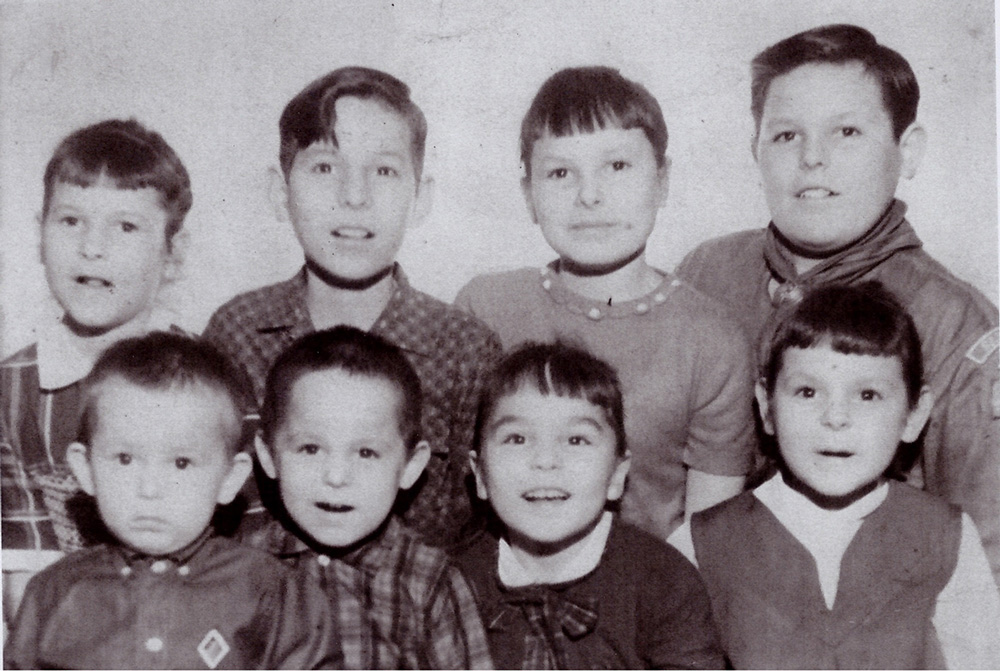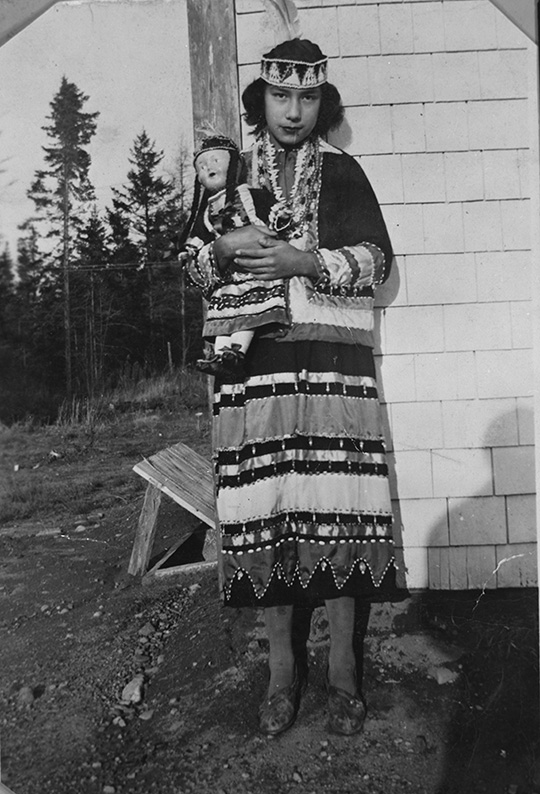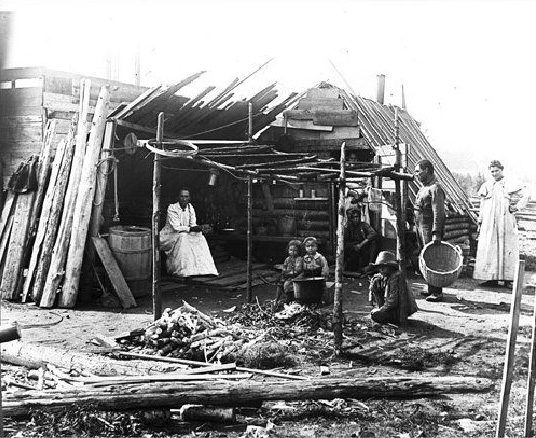Student Learning
I will:
- Investigate my personal history
- Explain the importance of the family in Indigenous cultures
- Explain how respect and promise are important elements of family life and treaty making

This lesson is designed to teach how the extended family is a vital part of an Indigenous society. It will explore the role the family plays in shaping Indigenous members’ identity as individuals and how family members learn respect from each other.
In Indigenous societies, family includes not only parents and their children but a broad network of grandparents, uncles and aunts and cousins as well as others that extended beyond immediate blood relations. Every member of the family has important responsibilities and is expected to contribute to the welfare of the family.
Children were told stories about members of their family, living and deceased. These were passed on through the experiences and teachings of the Elders. It was believed that if children knew their family history they would know who they were and what would be expected of them.
Children learned special skills from their parents, grandparents and other members of the community. The education of the children was both a family and a community responsibility.
Residential schools changed all that.
The workbook ends with a question about a promise. Respect and promise are two essential qualities of treaty making. Through treaties, First Nations people agreed to share the land. It was the intent that Indigenous and non-Indigenous people would benefit from signing treaties. For example, in 1726, the Elikewake Treaty 1725 (the King in our house) was ratified by over 100 chiefs and leaders of the seven Mi’kmaw Districts including Annapolis Royal, Chignecto, Minas, Shubenacadie, La Havre, Shediac, Richibucto, Cape Breton and Newfoundland. Representatives of Penobscot, Passamaqupoddy and Wolastoqewiyik were in attendance as witnesses for the Waponahki (Wabanaki) Confederacy. This Peace and Friendship Treaty confirmed First Nations’ national identity within the United Kingdom. It also guaranteed the freedom and liberty to hunt, fish and trade under the protection of His Majesty’s Civil Courts.
Treaties are international agreements based on two worldviews presented through the oral traditions of First Nations often expressed through wampum and the written traditions of the British Crown. Just like the wampum and the treaty itself, the Who Are You? workbook attempts to present these two worldviews pictorially, orally and through writing.
Note: Depending on the class make-up, this lesson can take a long time. It does require research at home. This can bring the family closer to the school curriculum and be a source of pride but it can also alienate some parents who may not know their own background. The workbook’s intent is to open up a discussion between child and family. If questions cause stress it is best to leave them out. Feel free to modify the questions to fit your situation. For example, if you do the poem activity you may want to use a form poem. It is important to let the parents know they are not obliged to answer the questions. However, it may lead to some interesting discussions among family members at home. For Indigenous schools the coat of arms activity should be substituted by a discussion of skills passed down through the family (basket makers, politicians, fishermen etc.).
At the completion of this workbook, encourage the students to share what they have found out about themselves in a talking circle or have them work in pairs and tell each other’s family history. You can extend the project by asking questions about family food choices, special days and clothes.






